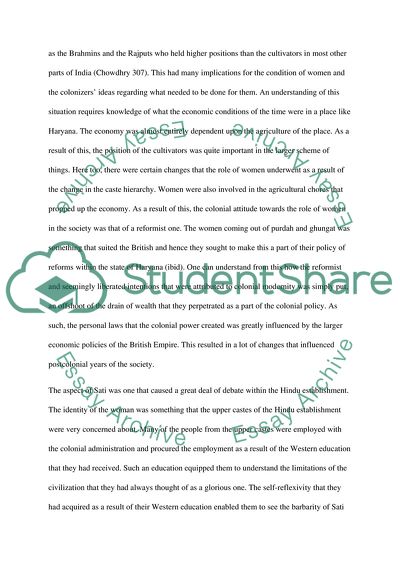Cite this document
(Women in India Research Paper Example | Topics and Well Written Essays - 1750 words, n.d.)
Women in India Research Paper Example | Topics and Well Written Essays - 1750 words. https://studentshare.org/gender-sexual-studies/1790850-women-in-india
Women in India Research Paper Example | Topics and Well Written Essays - 1750 words. https://studentshare.org/gender-sexual-studies/1790850-women-in-india
(Women in India Research Paper Example | Topics and Well Written Essays - 1750 Words)
Women in India Research Paper Example | Topics and Well Written Essays - 1750 Words. https://studentshare.org/gender-sexual-studies/1790850-women-in-india.
Women in India Research Paper Example | Topics and Well Written Essays - 1750 Words. https://studentshare.org/gender-sexual-studies/1790850-women-in-india.
“Women in India Research Paper Example | Topics and Well Written Essays - 1750 Words”. https://studentshare.org/gender-sexual-studies/1790850-women-in-india.


